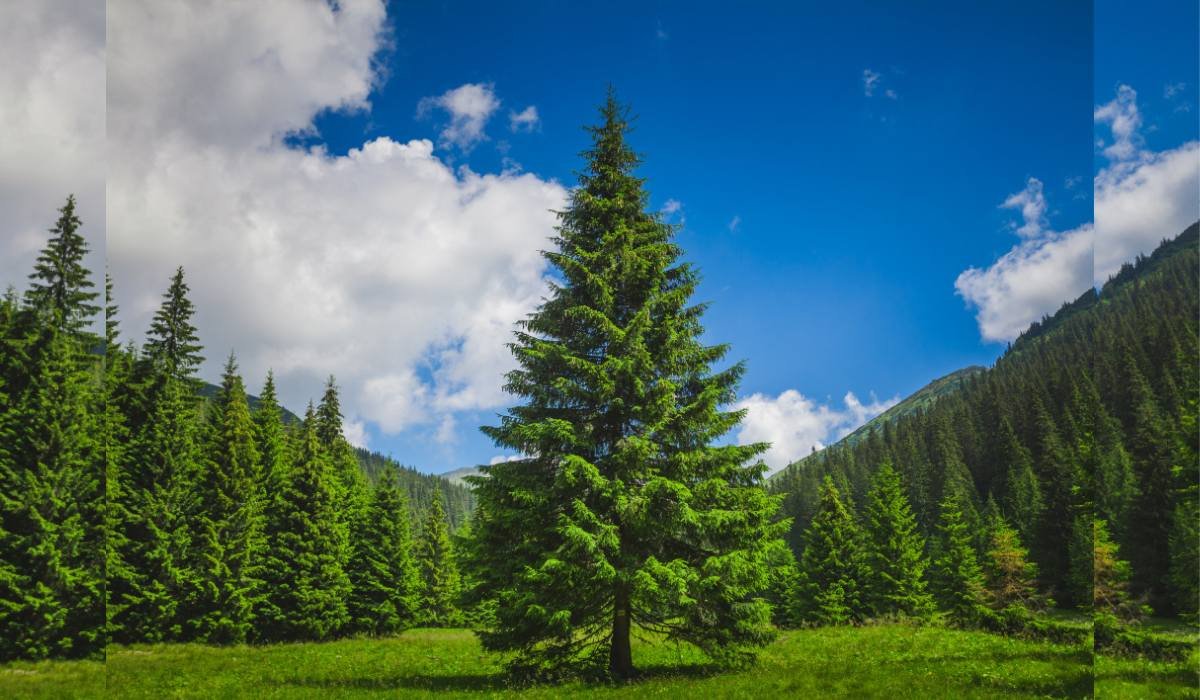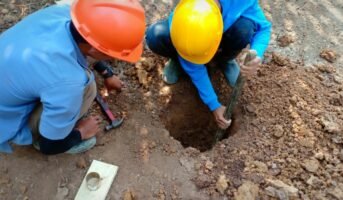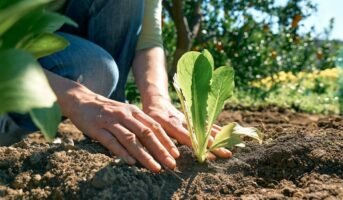The native woodland pine or common pine (Pinus sylvestris L.) is a member of the botanical family Pinaceae, which includes over 100 distinct species in the Northern Hemisphere.
The black pine is the most often planted kind from south-eastern Europe (Pinus nigra Arnold). Read the article to learn more about pinewood.
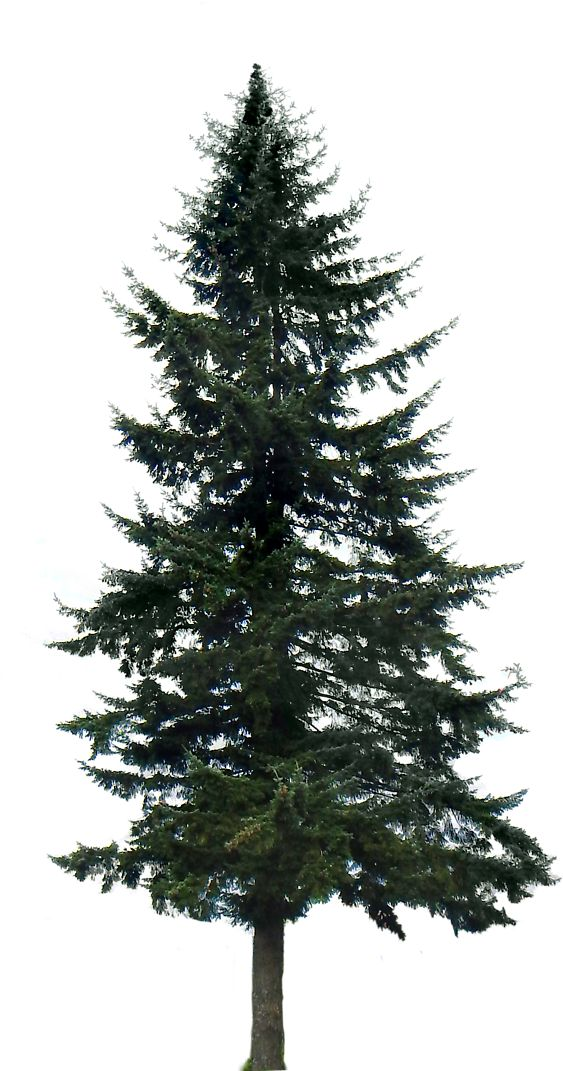
Source- Pinterest
See also: Norfolk Island Pines: How to grow and care for them?
Pinewood: Key facts
| Family | Pinaceae |
| Genus | Pinus |
| Type | Red pine, White pine and Yellow pine |
| Odour | Peppery, minty scent |
| Texture/Grain | Fine, uneven/Straight-grained
|
| Soil | well-drained sandy soil, slightly acidic dry soil |
| Sunlight | Full sun |
Pinewood: Physical description
Pine trees are straight and tall, with little branches. The tree has greater branches under light and space conditions. The species’ height ranges from 3-80 metres (10-260 feet), with usual heights ranging from 15-45m (50–150 ft). The bark is frequently scaly, and the trunk is resinous. The branches grow in a regular spiral. The leaves are green and arranged in clusters.
Pinewood: How to grow?
- To begin, dig a hole twice the size of the container or root ball.
- Save the soil you removed from the hole and use it as backfill after the tree is in place. You want a hole that is just deep enough so that the tree lies flush with the soil line and not on top of it.
- Rot can occur if the tree is buried too deeply. Remove the tree from its container and disperse the roots so that they do not circle the clump of roots.
- Cut through them if required to keep them from circling. If the tree has been burlapped and balled, cut the wires that are keeping the burlap in place and remove the burlap.
- Backfill after ensuring that the tree is standing straight and with its best side facing front. As you proceed, press down on the earth to remove air pockets.
- Fill the hole halfway with water and allow it to drain before continuing. When the hole is filled, flush it again with water.
- If the soil settles, add extra dirt, but do not mound it around the trunk. Apply mulch around the tree, but keep it away from the trunk.
- If you grow a pine tree from seed, apply the same planting procedures as above once the seedling has grown 6 inches to a foot (15-31 cm.) tall.

Source- Pinterest
Pinewood: Care tips
You can assist in improving the health and beauty of your pines by following these guidelines.
- Examine the trunk and primary branches of your young pine tree for wounds.
- Plant trees in the proper manner. Incorrect installation or leaving stakes and cables on trees frequently leads to tree failure before maturity.
- Their natural form is much wider and more expansive than that of more compact conifers. Pines will only grow at the tips of their branches, thus, severe trimming is not recommended since it can cause irreparable harm.
- Extend a mulch bed around the base of a young tree to provide at least 12′′-18′′ of mulched regions between the tree and turfgrass, which helps limit weed development, conserve moisture, and protect the buds at the end of the branches from mower damage.
- Fertilise trees on a regular basis, and every few years, take a soil test and adjust pH and nutrients as needed.
- Make sure your pine trees are getting enough water.
- Aphids, bagworms, mites, adelgids, weevils, scales, and bark beetles are just a few of the pests that can harm or even destroy pine trees. These pests and fungi may necessitate extra care for your tree.
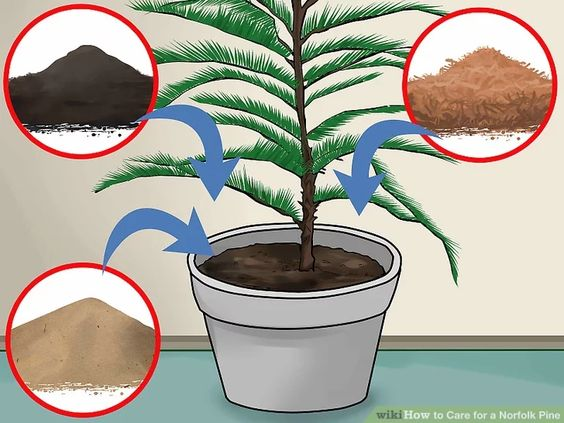
Source- Pinterest/wikihow
Pinewood: Common problem
These trees are hardy and adaptable, thriving across various climates and soil types. Their preference for full sunlight and ability to endure harsh winters make them a versatile choice. Some of the common problems these trees experience are:
Yellowing pine needles
Yellowing needles in pine trees can arise from different factors. Soil oversaturation and poor drainage can lead to root rot and needle discolouration. Conversely, excessively dry soil on hot days can result in needle scorch. Inadequate light, ventilation or sudden exposure to excessive sunlight can also prompt needle yellowing. Additionally, during autumn, these trees might undergo seasonal yellowing and needle drop, a regular occurrence every three years.
Diagnosing the cause of needle discolouration is crucial. Adjust the watering regimen based on your evaluation. Should your tree lack proper lighting or face overcrowding from neighbouring trees, relocating it to a better spot might be a wise consideration.
Appearance of tree dying
If the tree’s bark appears wrinkled, gently peel back a portion to inspect the inner layer. Dry and brown bark signifies the tree’s demise, while greenness indicates life. Hydration can aid a water-deprived tree, but overwatering should be avoided to prevent shock.
If yellowing needles only affect old growth, recovery is possible. However, when both new and old growth exhibit yellowing, restoration becomes more challenging. Eliminate dead or damaged lower branches to invigorate the tree’s health and vitality.
Red needles and swollen trunk
Swollen or soft bark might indicate Cronartium Ribicola, commonly known as rust. Yellowish-white sores on the lower trunk and the emergence of red needles often signify this fungal infection. Infected branches should be pruned and destroyed, with cut surfaces treated using pine tar to prevent further spread.
Oozing sap
While a minor sap flow is normal, continuous streaming could indicate injuries from physical damage, pests or disease. Fungal cankers, growing beneath the bark, can prompt sap leakage and ultimately threaten the tree. Early intervention, including pruning infected areas, can halt the spread of these growths and safeguard the tree’s health.
Pinewood: Uses
- Pinewood is easily processed by hand or machine. It may be peeled or sliced.
- It is a type of renewable wood.
- Extremely long-lasting in high-traffic locations
- Resistant to rot and degradation.
- Because of its suppleness, it is quite versatile.
- Strong, stiff, and shock-resistant.
- Lightweight and elastomeric.
- Beautiful, aesthetically pleasing, and scented with mint
- Used to make furniture and for a variety of other purposes.
Pinewood: Toxicity
Asthma and chronic lung illness can be caused by occupational exposure to pine forests and pine resin (colophony).
FAQs
How quickly does pine grow?
Pine trees grow from less than one foot to more than two feet every year on average. A pine tree may be categorised into three growth rate groups: slow-growing pines, medium-rapid growing pines, and fast-growing pines.
What is the colour of the pinewood?
The hue of pinewood is white or light yellow.
| Got any questions or point of view on our article? We would love to hear from you.
Write to our Editor-in-Chief Jhumur Ghosh at [email protected] |
Housing News Desk is the news desk of leading online real estate portal, Housing.com. Housing News Desk focuses on a variety of topics such as real estate laws, taxes, current news, property trends, home loans, rentals, décor, green homes, home improvement, etc. The main objective of the news desk, is to cover the real estate sector from the perspective of providing information that is useful to the end-user.
Facebook: https://www.facebook.com/housing.com/
Twitter: https://twitter.com/Housing
Email: [email protected]
